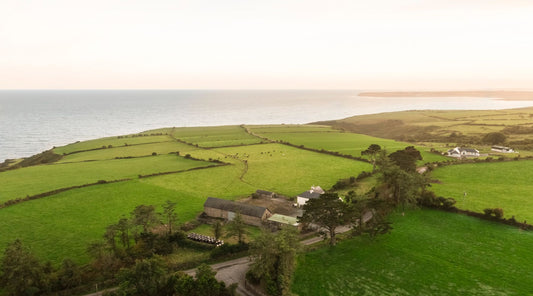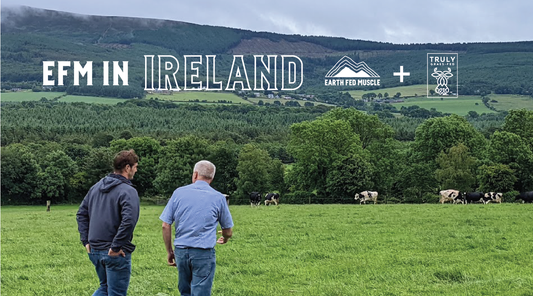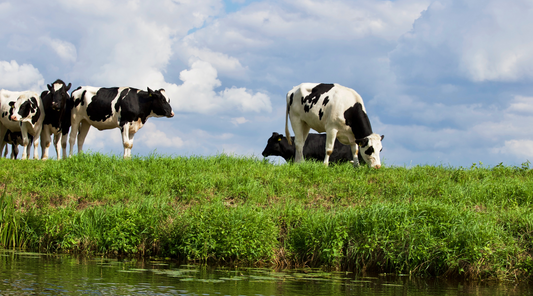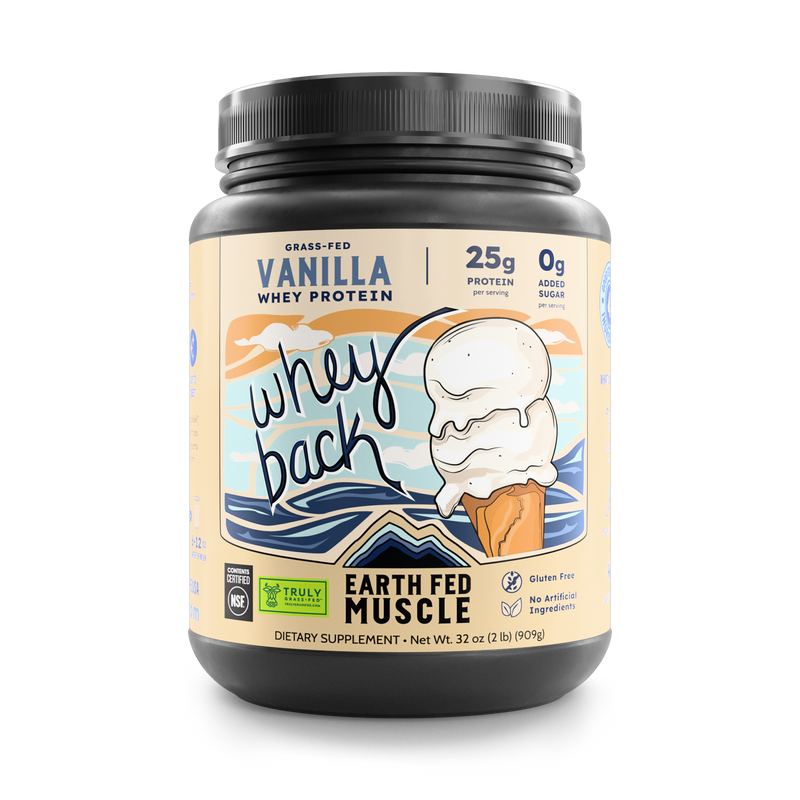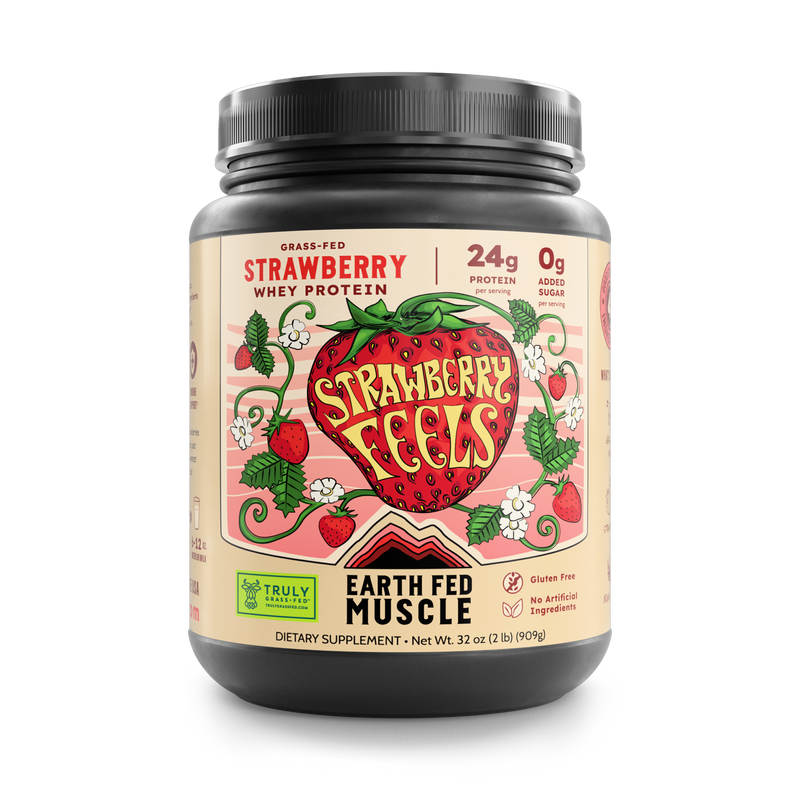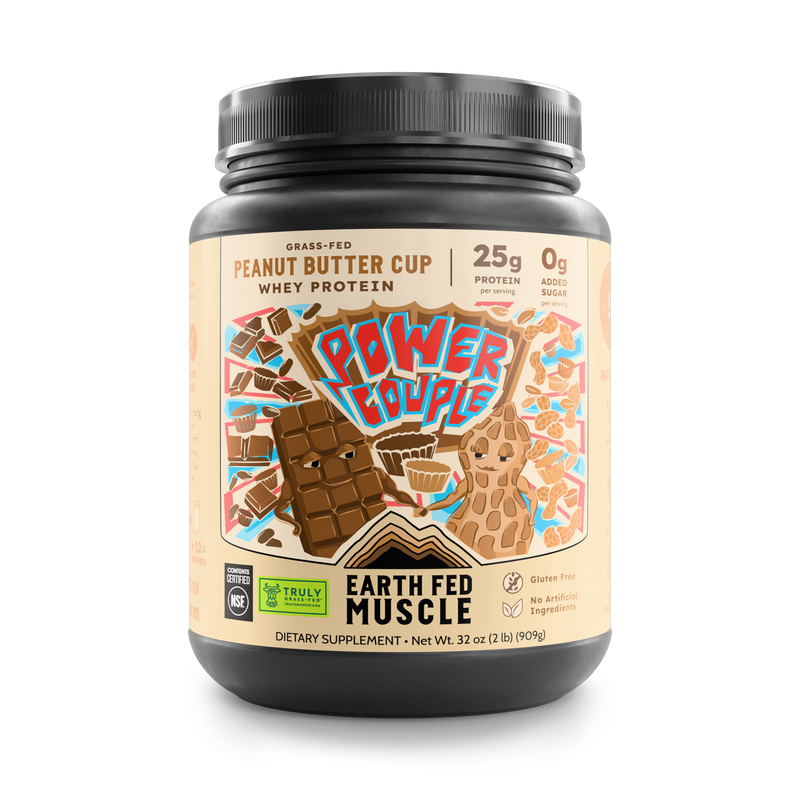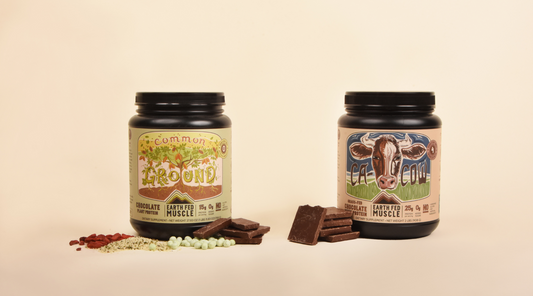
Plant Protein vs. Grass-Fed Protein: Which Is Better?
Whether you're a fitness enthusiast or just starting to think about incorporating more protein into your diet, you've probably heard about the benefits of plant-based and grass-fed proteins. But what...
